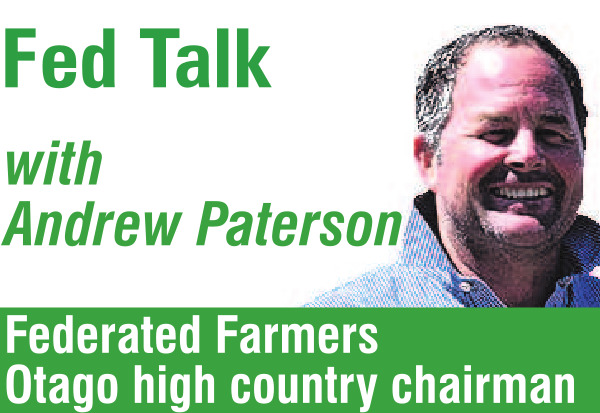
Critical to the sector’s success is water. Otago’s agriculture requires water as we look to increase production, diversify land use, farm more sustainably and build climate resilience. There is huge potential to invest in on-farm and community water storage schemes that will have significant return on investment for farmers and rural communities, creating jobs, generating wealth and improving environmental outcomes.
Water storage is absolutely critical in the Manuherikia as we are in drought every summer. Our forefathers recognised this with the construction of Falls Dam just under a century ago.

The negative impact of a flow of 2.5cumecs (which ORC acknowledges is not supported by science) will also impact those living in urban centres across the Central Otago District.
If farming is not viable in the Manuherikia the impacts will be felt by all. There will be less employment which will flow on to less services in the towns; farm values will drop by an average of 30% which will lead to a higher rates burden in the urban areas.
Farming has a rich history in the Manuherikia. It is likely the place where your merino jersey is grown and it’s where farmers were environmentalists before the term was even known.
We share the wider community’s vision of a thriving community with a sustainable, healthy and balanced environment. We want to secure great water quantity and quality for future generations so we have sustainable food and fibre production in our community.
Just as I’m proud to be a farmer in the Manuherikia, I’m also pleased to be part of the Manuherekia Catchment Group, whose members seek to create amazing outcomes.









